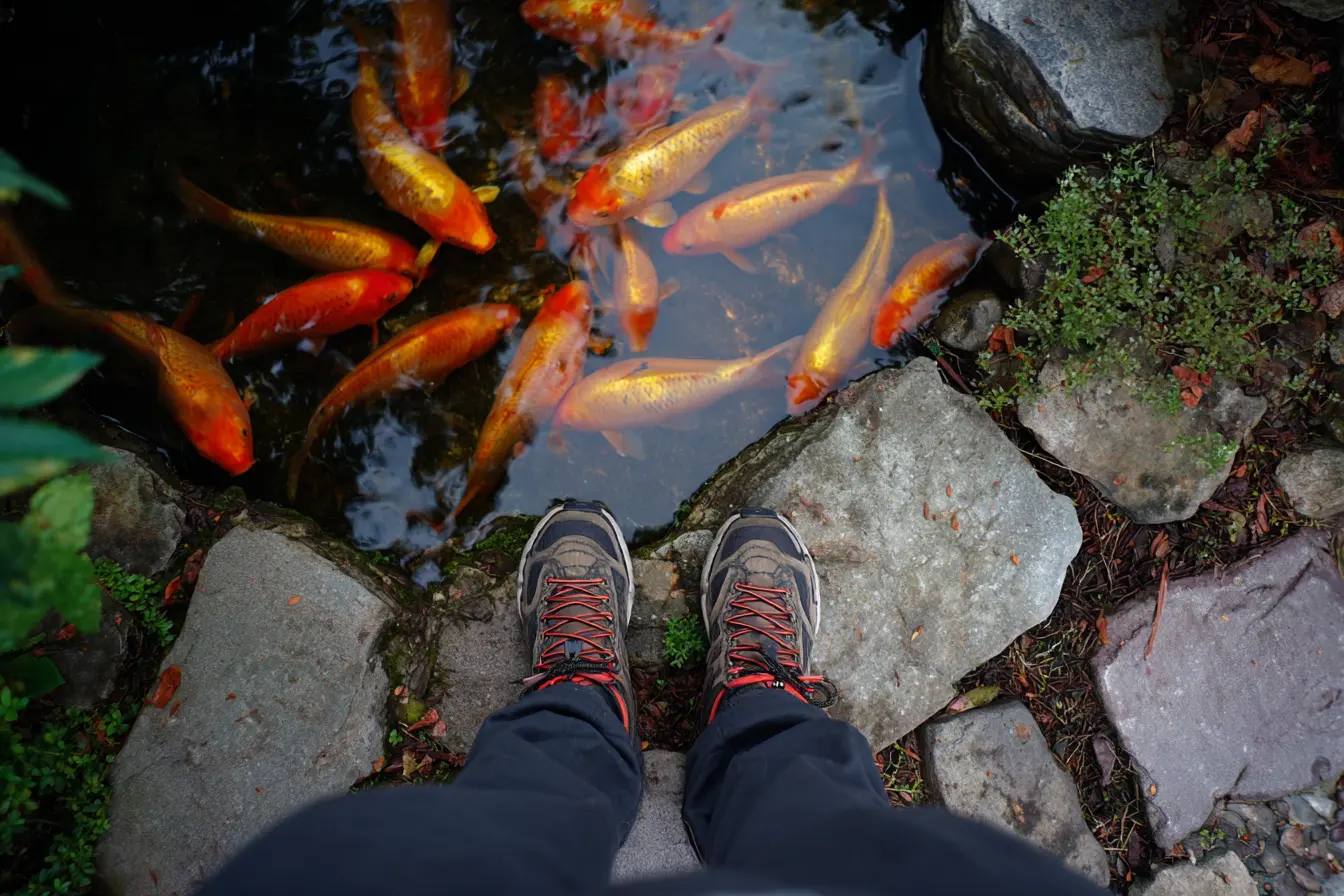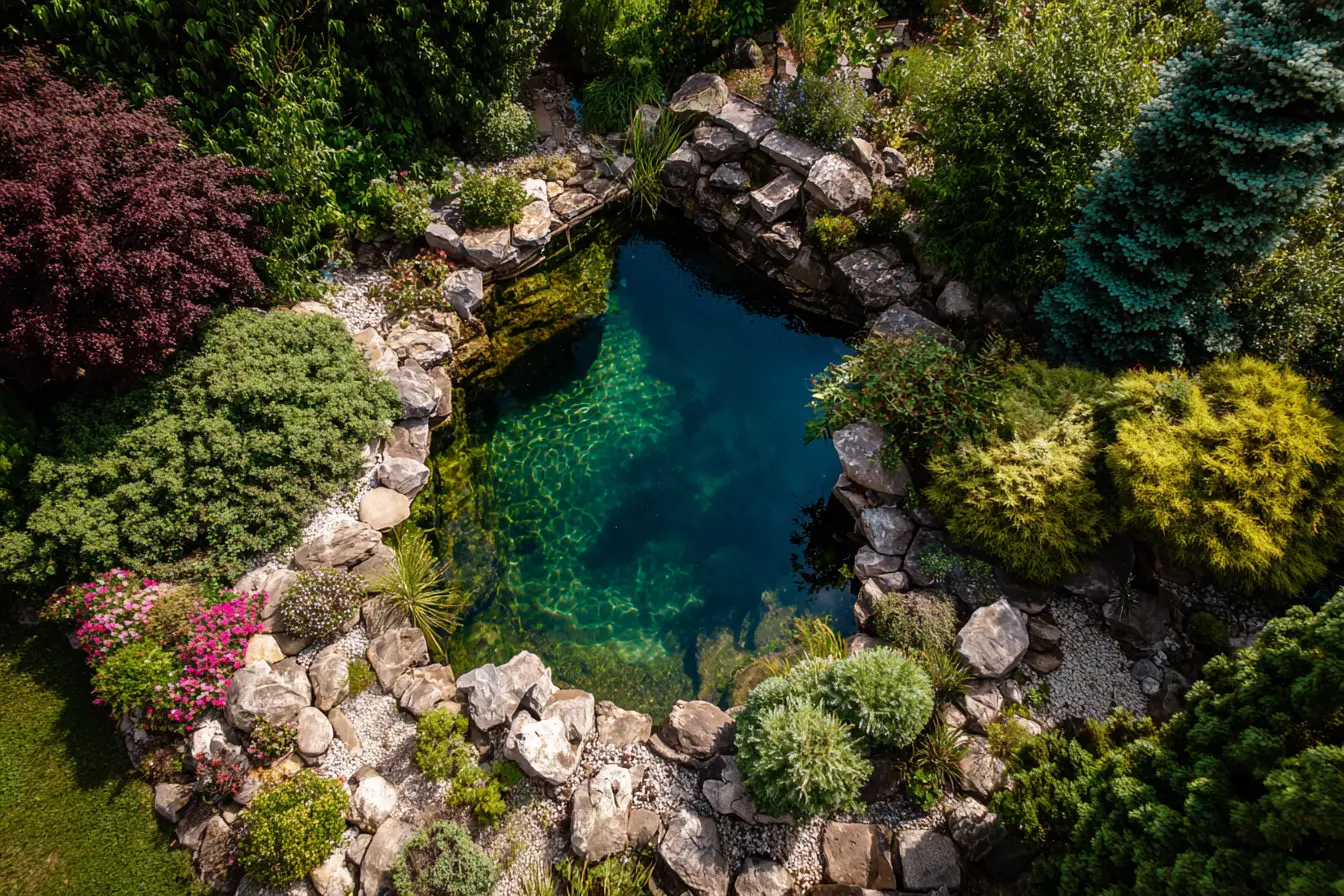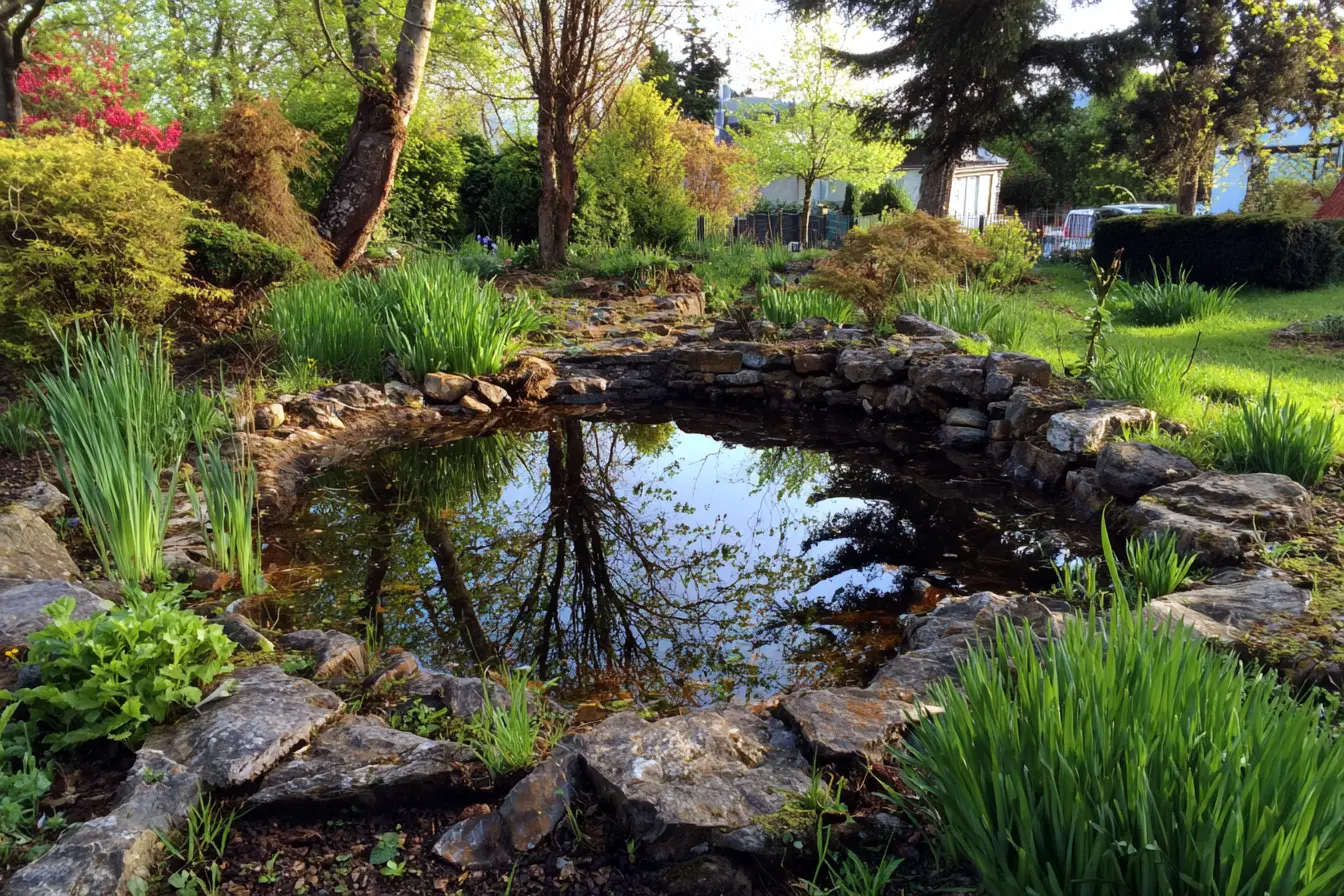
Autumn Pond Maintenance: Preparing for the Colder Months
As the vibrant colours of autumn begin to emerge and temperatures start to drop, it’s time to prepare your pond for the coming winter. Autumn pond maintenance is crucial for keeping your pond healthy, preventing problems during the colder months, and ensuring that fish and plants survive and thrive. Here’s a comprehensive guide to help you get your pond ready for the seasonal change.
Clear Out Debris
Falling leaves and decaying plant material can quickly accumulate in autumn, leading to poor water quality and sludge build-up. Use a fine-mesh pond net or skimmer to remove leaves and other organic matter from the pond surface regularly. Consider adding a pond net stretched over the pond to prevent leaves from falling in altogether, saving you time and effort.
If there is significant sludge on the bottom of the pond, use a pond vacuum or sludge remover to clear it out. This will reduce the amount of organic waste that breaks down over winter, which can lower oxygen levels and cause harmful gases to build up.
Prune and Tidy Pond Plants
Aquatic plants start to die back in autumn. Prune away any yellowing or decaying foliage from marginal, submerged, and floating plants. This not only keeps the pond tidy but also prevents decaying plant material from contributing to water quality issues.
Hardy pond plants like water lilies should be trimmed and their spent flowers removed. Remove any tropical or sensitive plants before the first frost and move them indoors or to a sheltered location.
Check and Clean Filtration and Pump Systems
As leaves fall and temperatures cool, your pond’s filtration and pump systems can become clogged. Clean filters and pumps to ensure they remain effective. Inspect all equipment for damage or wear and replace parts as needed.
In colder regions, you may want to consider turning off your pump and filter once temperatures consistently fall below 10°C. However, if you have fish that overwinter in the pond, it’s generally recommended to keep some circulation going to prevent the surface from freezing completely.
Prepare Fish for Winter
As the water cools, your fish’s metabolism slows down, and they become less active. Switch to a wheatgerm-based fish food in autumn, which is easier for them to digest in cooler temperatures. Feed smaller amounts and stop feeding altogether once the water temperature consistently drops below 10°C, as fish can no longer properly digest food at these temperatures.
Observe your fish closely during autumn. Ensure they’re healthy and behaving normally before the cold sets in, as treating any issues is more difficult in winter.
Manage Pond Equipment and Winter Preparation
If you choose to shut down your pond equipment for winter, remove pumps and filters and store them indoors to prevent damage from freezing. Clean them thoroughly and inspect for any needed repairs.
If you plan to leave some equipment running, make sure to keep at least part of the pond surface ice-free to allow for gas exchange. A pond heater or de-icer can be helpful in harsh winters.
Support Wildlife and Pond Ecology
Autumn is a time when many animals prepare for winter. Frogs, newts, and other amphibians may find shelter in your pond or in surrounding vegetation. Take care not to disturb these animals during your maintenance routines. Leaving a pile of leaves or twigs near the pond can provide valuable habitat for overwintering wildlife.
Conclusion
Autumn pond maintenance is all about helping your pond transition smoothly into winter. By clearing out debris, pruning plants, adjusting your equipment, and supporting the pond’s ecology, you’ll protect your fish and plants and make spring maintenance easier.
Vets near you
Speciality vets
- Aquatics vet specialists
- Birds vet specialists
- Camelids vet specialists
- Cats vet specialists
- Cattle vet specialists
- Deer vet specialists
- Dogs vet specialists
- Equines vet specialists
- Exotic vet specialists
- Goats vet specialists
- Pigs vet specialists
- Poultry vet specialists
- Sheep vet specialists
- Small Mammals vet specialists
- Wild vet specialists



